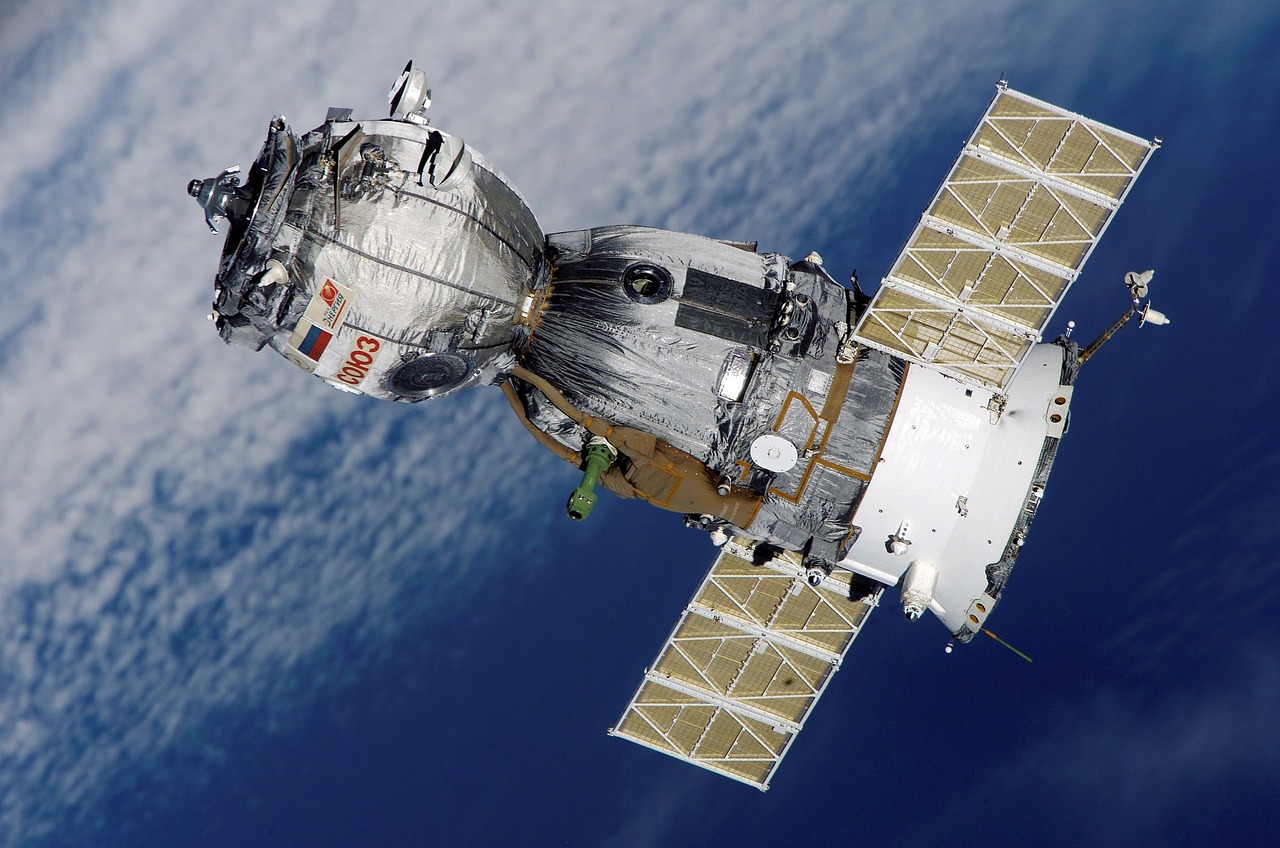Satellites: How Technology Is Combating Hunger
 There is never a shortage of positive news across the globe when it comes to solutions and strategies to combat food insecurity. For a period, rising food prices seemed to be a worldwide dilemma, but the World Bank’s latest studies show a steady rise in the import and export of crops and grains. These numbers are projected to continue to grow and, in turn, decrease the costs of food prices. Although prices are returning to usual, other challenges still affect food security. Adverse weather is one of the top contributors to food insecurities. Fortunately, there is continued growth and expansion in the technological arena when it comes to helping predict and prepare for many of nature’s wiles. Here’s how satellite technology is combating hunger today.
There is never a shortage of positive news across the globe when it comes to solutions and strategies to combat food insecurity. For a period, rising food prices seemed to be a worldwide dilemma, but the World Bank’s latest studies show a steady rise in the import and export of crops and grains. These numbers are projected to continue to grow and, in turn, decrease the costs of food prices. Although prices are returning to usual, other challenges still affect food security. Adverse weather is one of the top contributors to food insecurities. Fortunately, there is continued growth and expansion in the technological arena when it comes to helping predict and prepare for many of nature’s wiles. Here’s how satellite technology is combating hunger today.
On the Ground
Established in 1978, South-South Cooperation is a technical collaboration among developing countries in the Global South to foster effective communication to share skills and knowledge. This partnership has proven essential in facilitating technology transfer and quicker emergency responses, especially in times of disaster.
South-South has significantly influenced the current battle against hunger by focusing on new technology and its practices. The networking has proven monumental to the region and its contribution to the global economy. More than half of the world’s growth in recent times can be attributed to Southern countries. South-South leads the exchange of knowledge and expertise through diverse programs and projects to address specific issues in each country or region.
In the Air
Above the clouds lies an intricate satellite system with a program name as extensive as the day. The Global Agricultural Conditions Remote Sensing Early Reporting System (CropWatch) is the global leader in all remote monitoring systems. CropWatch currently covers six major grain-producing regions and 46 grain-producing and exporting countries.
CropWatch technology plays a crucial role in addressing hunger in various South-South regions by monitoring rainfall, temperatures and vegetation health. This comprehensive approach aids local farmers and growers prepare for diverse conditions, including El Niño. Established in 1998, CropWatch has become indispensable worldwide, contributing significantly to research and intuition and promoting healthy and sustainable crop growth.
Working Together
South-South and CropWatch share a longstanding collaboration, frequently joining forces on various projects and workshops. Their concerted efforts in disseminating theoretical knowledge and practical know-how play a vital role in the global fight against hunger through technology. Thus far, 11 African and Asian countries have benefitted from the assistance provided by these two collaborative programs.
Together, the programs implement effective warning systems for pest and plant diseases and help with action plans in the event of either. In August 2023, in efforts to combat crop growth issues, both programs hosted a workshop assisting farmers in the central regions of Africa to learn the CropWatch systems to manage irrigation.
What’s Next
The future looks promising, with technology firmly embedded in our lives and advancing rapidly. Each update and breakthrough brings us closer to a lasting solution for global hunger. Thanks to initiatives such as CropWatch and South-South, the trajectory toward sustainable food is already a reality. Notably, the impact of technology on combating hunger is evident, with food insecurity declining. As of 2023, more than 160 countries around the globe downloaded information about CropWatch, recognizing its pivotal role in each nation’s development.
– Ryan Johnson
Photo: Pixabay
